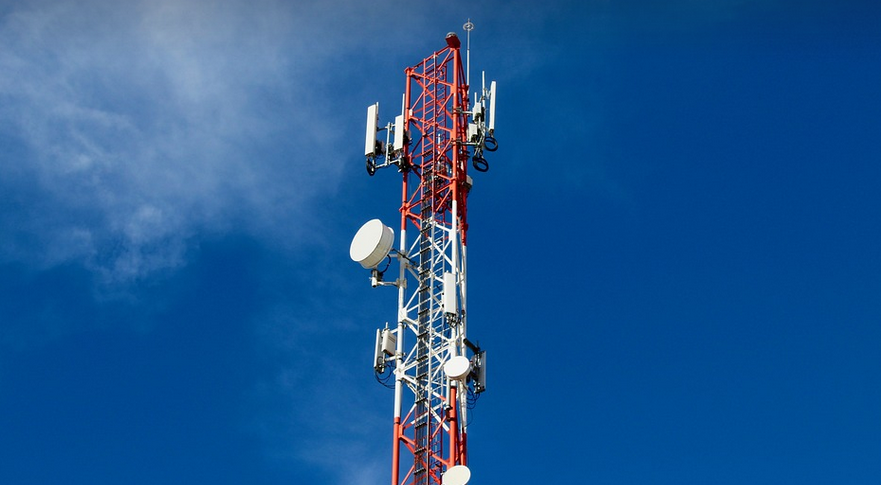Understanding the Importance of Allison Transmission Codes
Allison transmissions are known for their smooth shifting and impressive fuel efficiency. But they’re also more complex than regular automatic transmissions, meaning that occasional glitches can cause the dreaded “Check Engine” light to illuminate on your dashboard. These codes are essentially a form of “communication error language” for the transmission system, telling you there’s something going wrong. Ignoring them could lead to more expensive malfunctions down the line. Understanding why these codes appear is crucial, as it can help you take preventative measures and avoid costly repairs in the future. The good news is that many Allison transmission codes are relatively easy to fix, especially if you’re familiar with your car’s maintenance procedures.
Why Do Allison Transmission Codes Pop Up?
Allison transmissions have a reputation for being tough and durable, but even these powerhouses can encounter issues. These codes usually come up in response to problems like: * **Fluid Leaks:** A common culprit is a fluid leak that could stem from leaky seals or faulty hoses. These leaks compromise the transmission’s lubrication system, causing overheating, damage, or erratic shifting. * **Sensor Issues:** Sensors are essential for monitoring and regulating various functionalities within the Allison transmission. A malfunctioning sensor can throw off the gear ratio readings, resulting in transmission errors and related codes. * **Shift Problems:** When the shifter isn’t moving smoothly, it can affect how the transmission interprets gear shifts. This could lead to a “code” for improper shifting or pressure readings. * **Temperature Sensors:** These sensors play a vital role in maintaining optimal operating temperatures within the Allison transmission. A faulty temperature sensor can misinterpret the actual engine and transmission temperature, leading to errors and codes.
Clearing Allison Transmission Codes: A Step-by-Step Guide
If you’ve recently noticed an Allison code, it’s usually best to address it as soon as possible. Ignoring these codes can potentially cause more significant problems down the line. Luckily, clearing most Allison transmission codes is relatively straightforward and doesn’t require specialized knowledge or tools: **1. Consult Your Owner’s Manual:** The first step is always to consult your owner’s manual for specific information about your vehicle model. It will have vital details on how to access the Allison diagnostics system and clear any outstanding codes.
Most Allison-equipped vehicles employ a “Diagnostic Trouble Code (DTC)” feature, often accessible through an onboard computer or using diagnostic tools.
**2. Accessing the Diagnostic System:**
Some vehicles have dedicated buttons on their dashboard to access the diagnostics menu. In other occasions, you may need to use a key fob specific to your Allison transmission and connect it to your vehicle’s computer.
* **Understanding Your Vehicle’s Setup:** Make sure to familiarize yourself with how to access the diagnostic system before attempting any troubleshooting. **3. Analyzing Codes:** Once you have access to the diagnostic system, it will list all detected codes and their associated descriptions. The purpose of this step is to understand the root cause of the transmission error. * **Reading the Codes:** Allison transmissions often use a standardized code format, which can be easier to decipher than other types of automatic transmissions. **4. Clearing Codes:** Once you’ve identified the specific code that needs clearing, follow the instructions provided by your vehicle’s diagnostic system. These systems will usually guide you through the process.
It might involve a simple button press or using the diagnostic menu’s interface to clear the error code.
**5. Recheck and Reset:** Once the error has been cleared, it’s crucial to recheck if the transmission issue persists.
When Should You Call in the Pros?
While clearing Transmission codes is straightforward for most cases, it’s not always a DIY-friendly solution. For instance, if you see a code related to a major component like the torque converter, or when the problem persists after clearing the codes, it’s essential to seek professional help.
What You Can Do in the Future to Prevent Future Issues
Regular maintenance is vital for keeping your Allison transmission running smoothly. Here are some preventative measures you can implement:
* **Monitor Fluid Levels:** Regularly check your transmission fluid levels and top them up as needed. Allison transmissions require specialized fluids, so using the wrong fluid type can significantly damage the transmission and lead to more costly repairs in the future. * **Use High-Quality Fluids:** Invest in high-quality Allison-approved transmission fluid for optimal performance and longevity. * **Regular Maintenance:** Schedule regular servicing as recommended by your vehicle’s manufacturer, as it will help catch issues early on before they become bigger problems.
Remember, an Allison transmission is a complex machine that can potentially run smoothly for years. But understanding the basics of how to clear codes and take preventative measures can save you time, money, and frustration in the long run.



